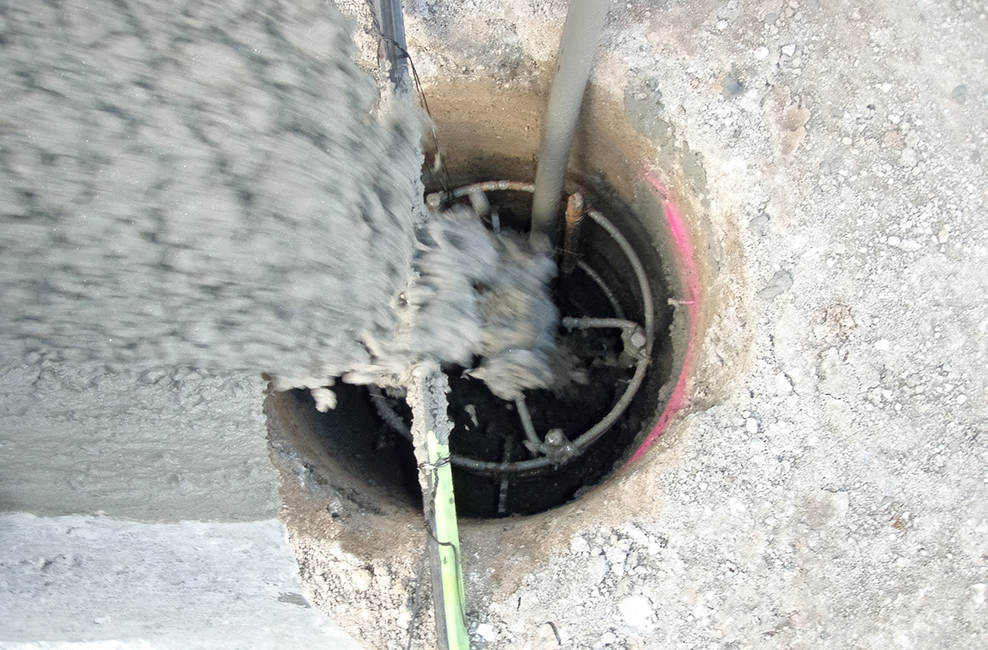BLOG by Paul Uno, Director, ETIA
Before engineers design structures, they need to determine the soil properties on site and the type of foundation needed to support these structures.
For low-rise structures, they usually use either spread footings or piers. In the case of retaining walls, then piers or piles can be used to support the earth forces. These piers can be either reinforced concrete, masonry or timber piles (the latter two being for smaller loads). Refer to www.woodsolutions.com.au for more information on timber piles and bollards.
Typical dimensions for piers in residential construction with clay-type soils are 300 mm, 450 mm or 600 mm diameter comprising reinforced (or sometimes unreinforced) concrete anywhere from 2m to 4m in depth (they may be deeper if rock is close at hand).
For mid to high-rise structures the foundations are usually either pad foundations or piles. A more detailed set of differences between Piers and Piles is given below:
PIERS
- Pier foundations are usually required for small applied loadings.
- Pier foundations transfer their loads via bearing only.
- Pier foundations are therefore of shallow depth.
- Types of pier foundations included concrete or even masonry.
- Piers are more appropriate where top strata consist of decomposed rock or stiff clays.
- Piers are usually drilled with an auger
PILES
- Pile foundations are usually required to resist greater loads – e.g. mid- high-rise buildings or bridges.
- Piles are usually longer than piers (i.e. >3m on average).
- Longer pile foundations usually transfer their load through side friction whereas piles that are intermediate in length transfer their load via both side friction and end bearing.
- Pile foundations are more appropriate where there is no firm strata at reachable depth.
- Piles can be either driven or bored through overburden soils into load-bearing strata.
- The various types of pile foundations include end-bearing piles, friction piles, compaction piles, anchor piles, tension (i.e. uplift) piles, sheet piles, batter piles and screw piles.
When sandy soils are encountered then screw piles are the preferred option (since loose sands will collapse into bored piers). Full technical details on screw pile design can be obtained from companies such as Katana Foundation Systems (https://katanafoundations.com.au/technical) .
Screw piling is often used in residential construction to support waffle pod systems (e.g. Expanded Polystrene (EPS) pods) or the next generation of pods i.e. recycled plastic pod void formers (e.g. BIAX – refer: https://www.biax.com.au).
The Australian Standard for Pile Design is AS2159-2009. This document provides guidelines on factors that engineers need to consider when carrying out pile design, including durability requirements.
For more information on the structural design process for piles and piers (including screw piles), visit our website www.etia.net.au where you can register for our upcoming Pile Design and Construction Workshop on 8+9 August 2023 (via Zoom Live Streaming).

